Much better option than paying for expensive raised wooden garden beds or even for starting your seedlings before transplanting to another raised bed. Works well – very happy.
This planting box is made of high-quality resin and will withstand both hot & cold weather.
Elevated Garden Bed | Raised Garden Beds
Original price was: $169.$99Current price is: $99.
FREE FAST DELIVERY ACROSS AUSTRALIA FOR ALL ORDERS $75+ OR MORE - (Save $25)
3 DAY APRIL SUPER SALE … Don’t Miss Out
SPECIFICATIONS
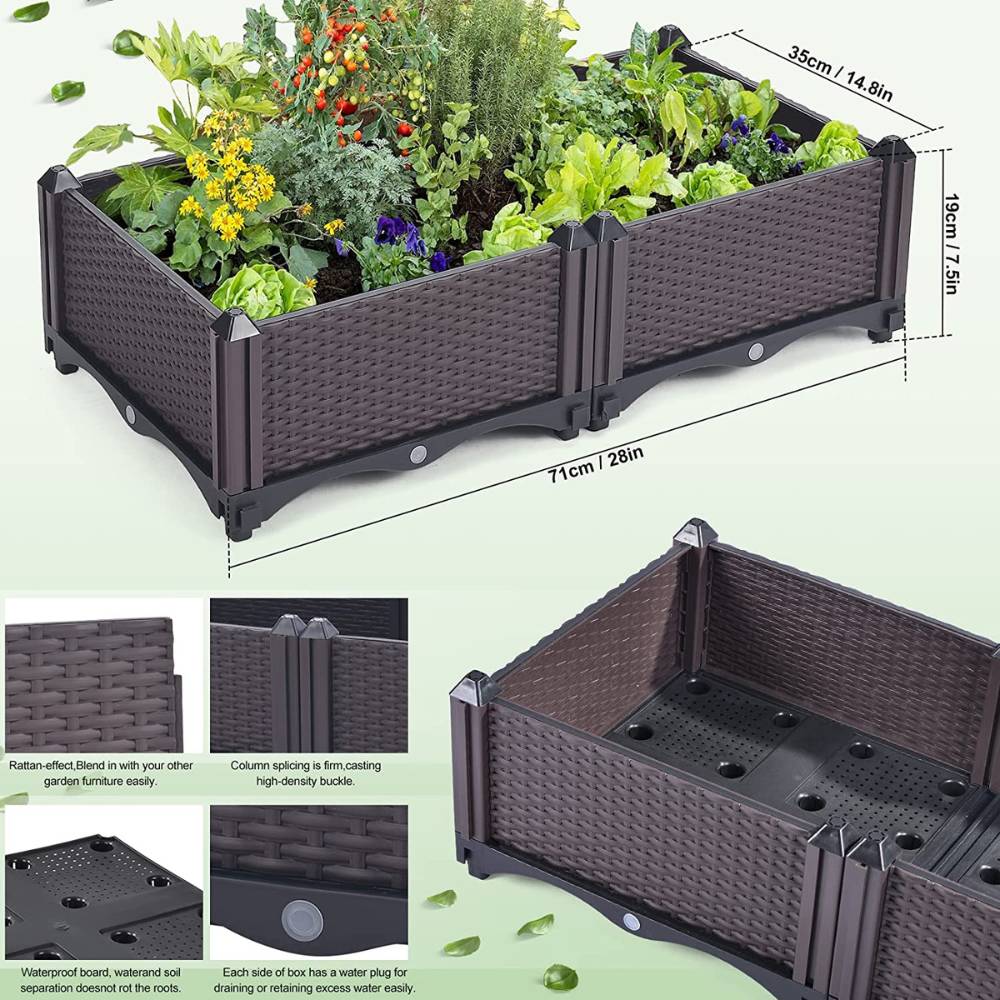
DUE TO CURRENT DEMAND
PLEASE ALLOW 5 - 7 DAYS DELIVERY
Original price was: $169.$99Current price is: $99.


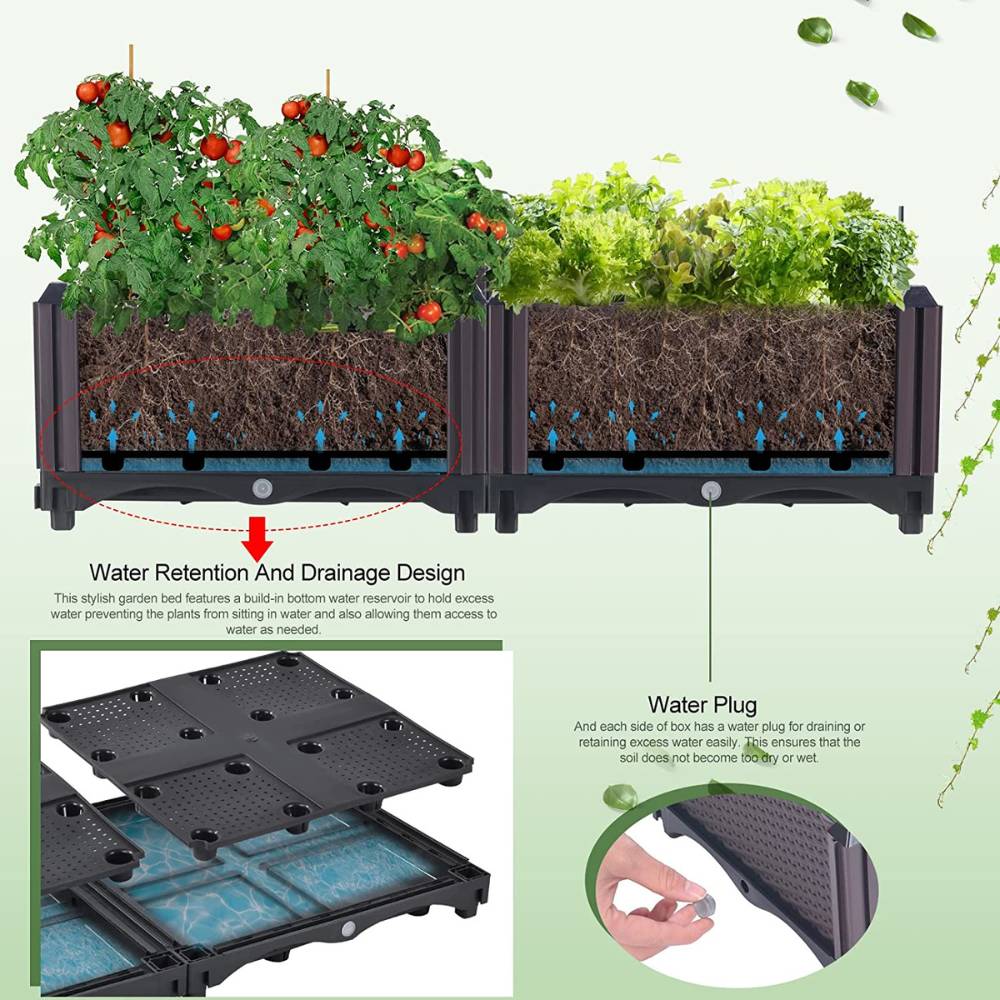
Self-Aerating reservoir design, minimises root rot. (drains and stores water) . Makes planting easy!
REINFORCED PVC MATERIAL
The plastic raised garden bed is made of reinforced PVC material for long lasting use. It is 100% weatherproof and stable enough to bear the soil and plants weight.
stylish
With a stylish rattan pattern look, the raised planter box is a perfect decoration for your garden, patio and yard, bringing you a natural and colourful elevated garden bed
Easy to Assemble
The self watering elevated garden planter comes complete with accessories for quick and easy assembly. Simply mount the self watering disk, side plate, columns and small parts
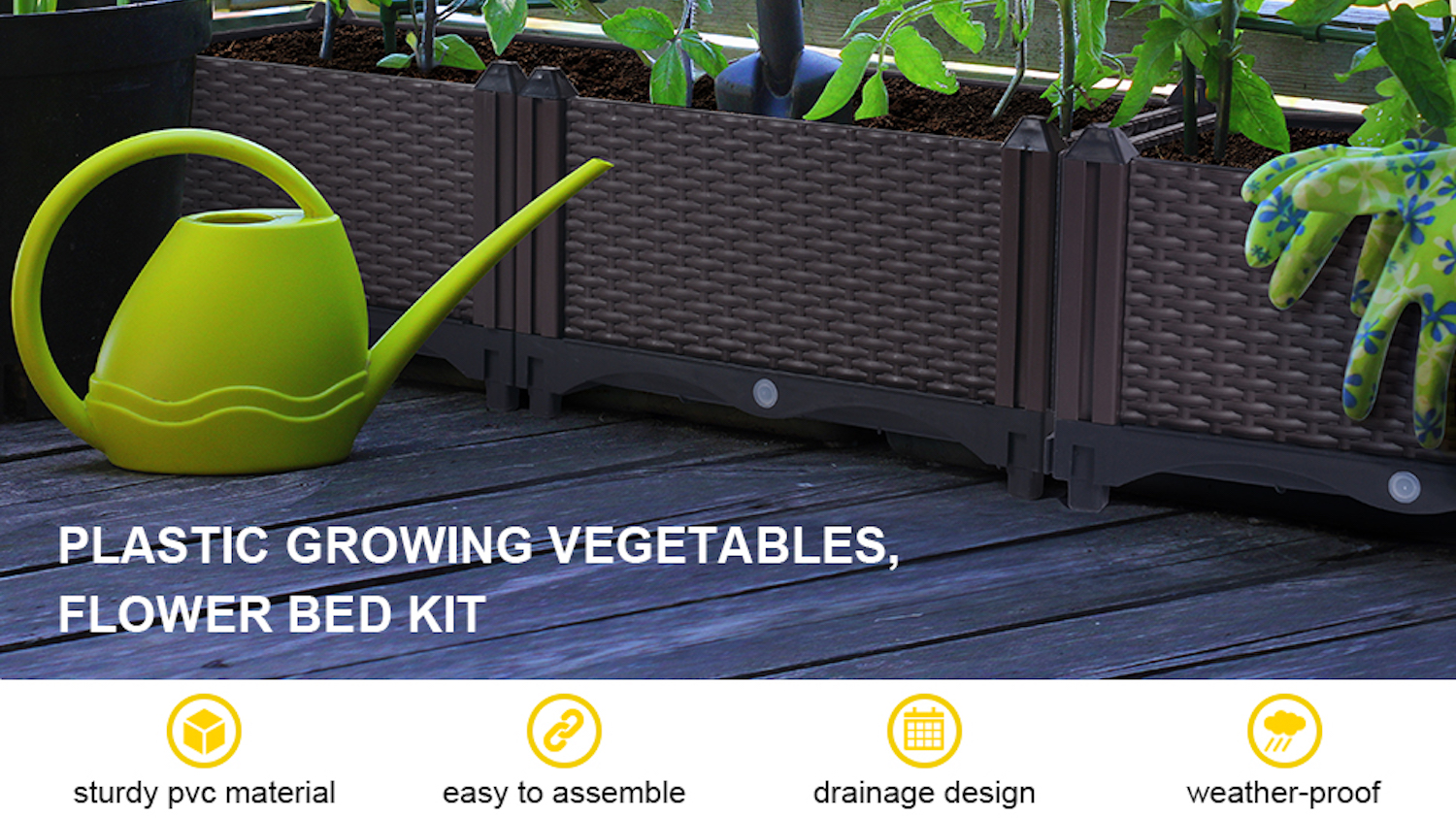
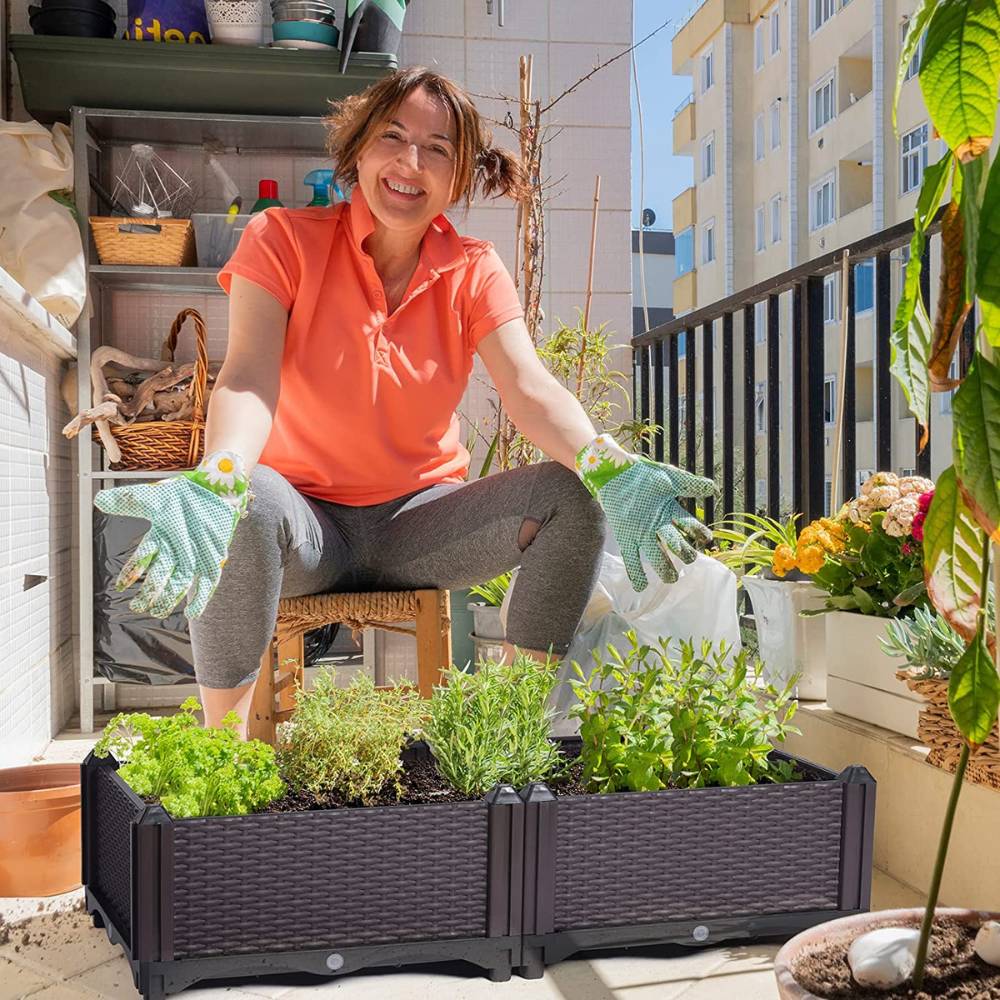
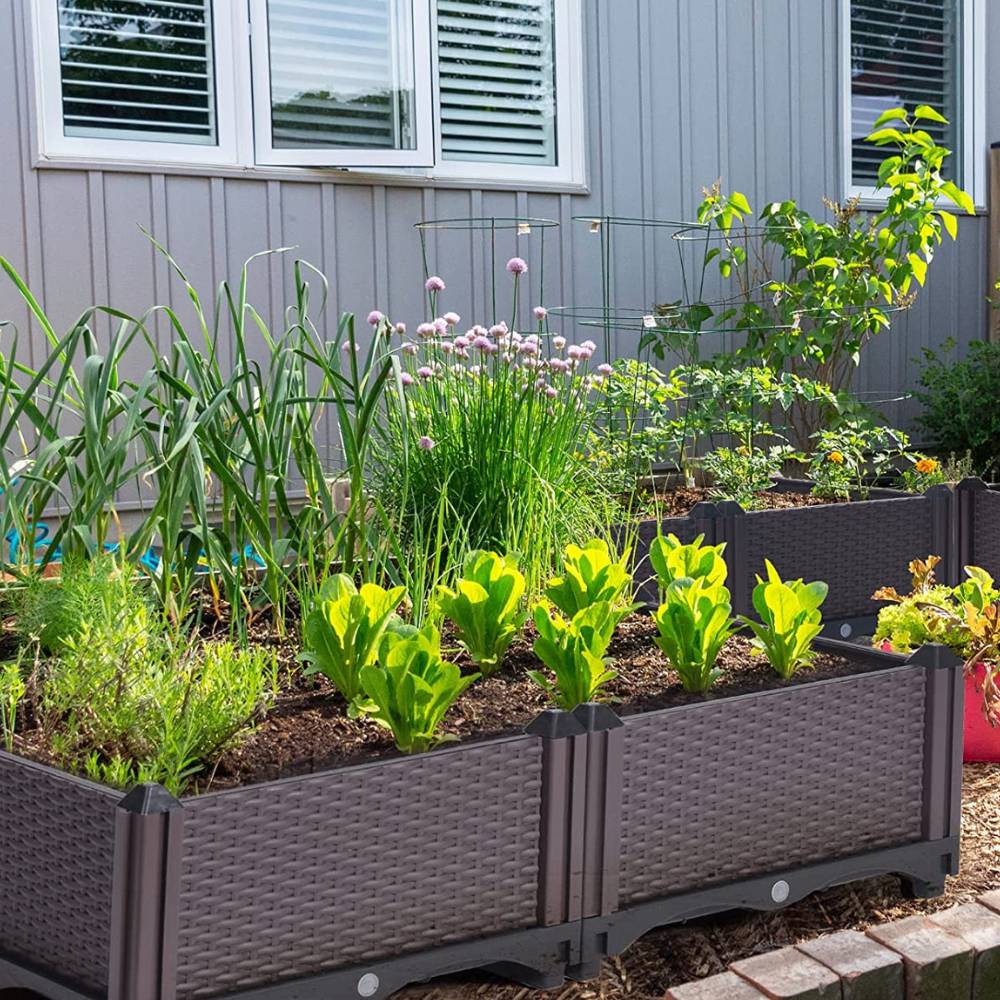
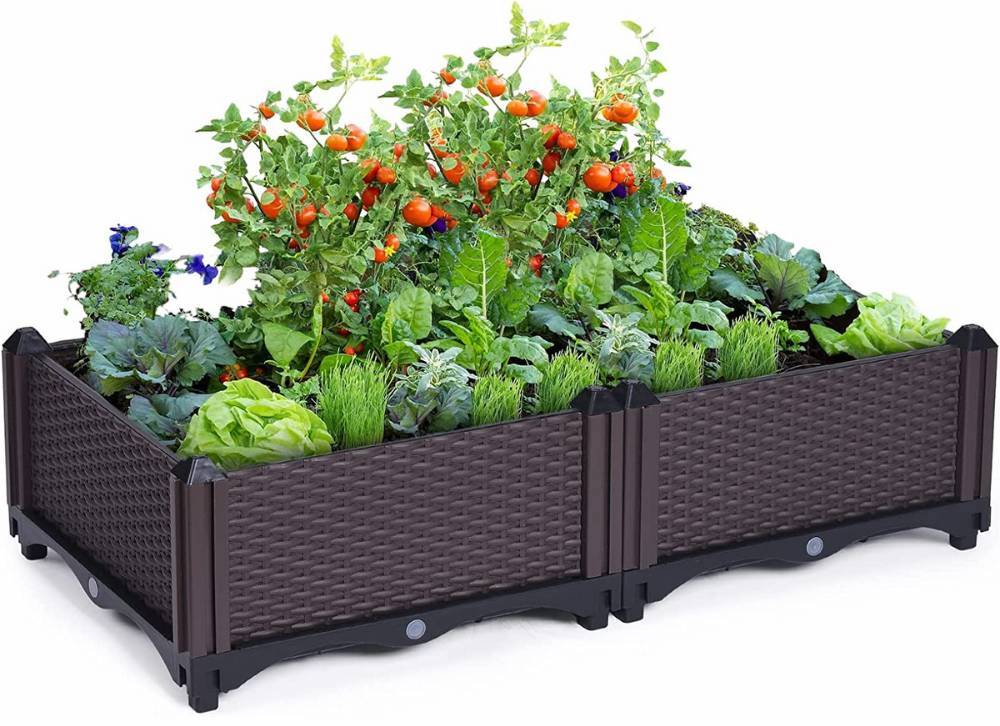
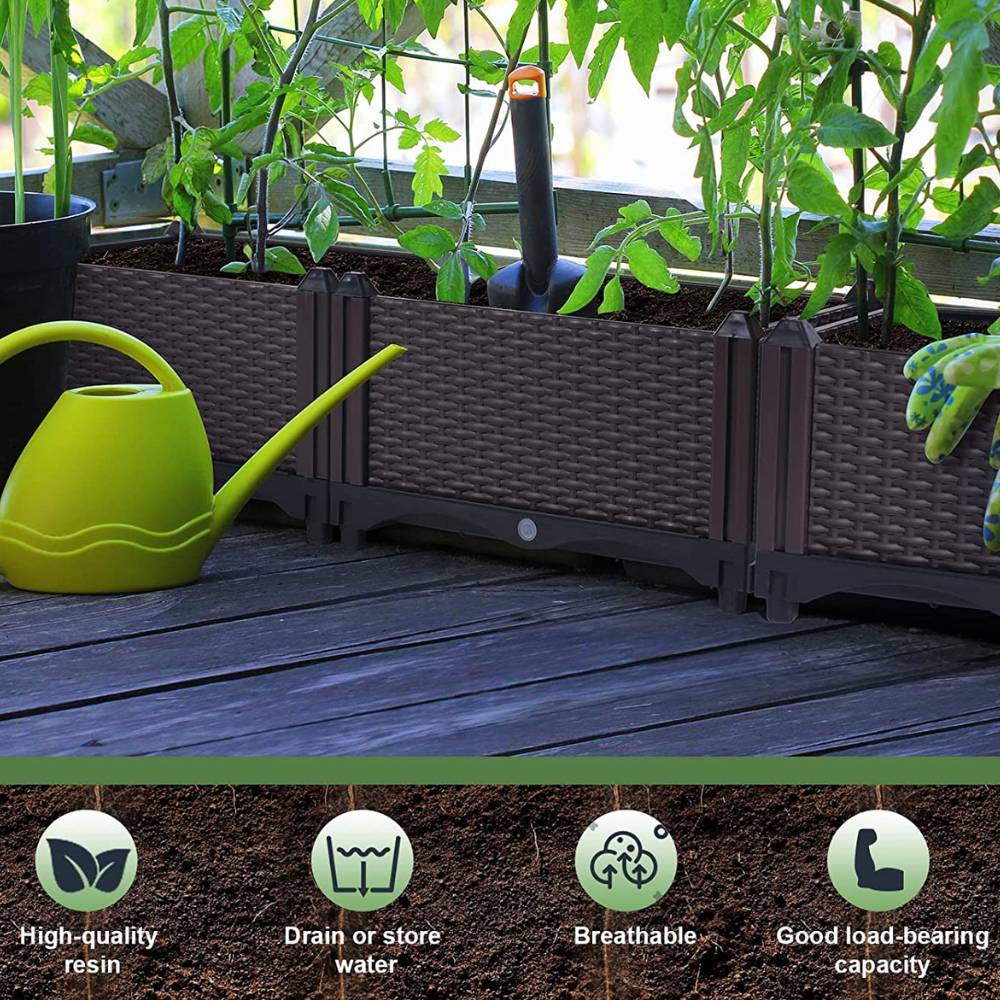
Frequently Asked Questions

-
DO YOU HAVE A SHOP LOCATION?
We are a “online supplier”, with no physical shop or premises. In this way, we are able to pass our considerable savings directly to you.
-
WHAT ARE YOUR DELIVERY OPTIONS AND HOW LONG WILL IT TAKE?
- AUSTRALIA: Free delivery, 5-7 days
- Other countries: Free delivery, 7-10 days
OUR DELIVERY PARTNERS

-
I HAVEN'T RECEIVED MY ORDER YET! IS IT LOST?
If you have any concerns with your order, please contact our support team by email and they will be glad to assist you. Most emails are answered within 1 business day.
Support Team: [email protected]
-
DO I GET A RECEIPT FOR MY ORDER?
You will be sent a receipt for your order by email after payment is made. You will also receive a confirmation email with a tracking number once your item has been shipped.
-
HOW DO I KNOW IF MY ORDER HAS BEEN SHIPPED?
Once your order is shipped, it will be marked as complete in our database and you will receive a confirmation email with a tracking number.
-
WHAT CURRENCY ARE THE PRICES DISPLAYED IN?
All of our prices are displayed in $AUD
-
WHICH PAYMENT METHODS ARE ACCEPTED?
We currently only accept credit card payments, PayPal & Crypto currency. More payment methods will be added in the future.
Frequently Asked Questions About The Raised Garden Bed
What should these be put on- directly in a yard, on a patio, something else?
Should you use potting soil or potting mix or a combination of the two with these?
Is it eco friendly?
The average GPM (Gallon per Minute) supplied by a garden hose is ~12. Using simple math; 12 x 60 = 720 gallons per hour. At 5 hours (5 x 720), this equates to 3600 gallons. Hydro-Seep uses .004 of that quantity.


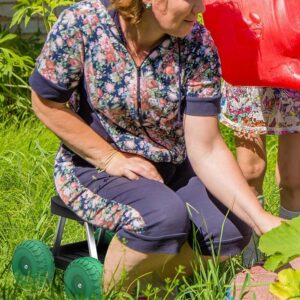
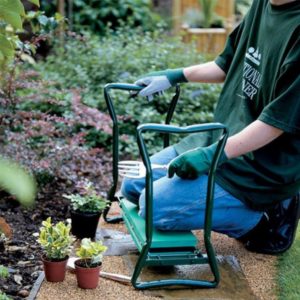
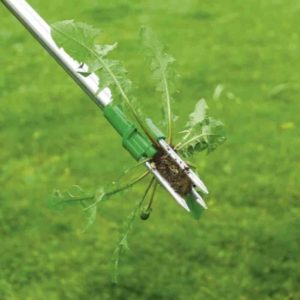
Reviews
There are no reviews yet.